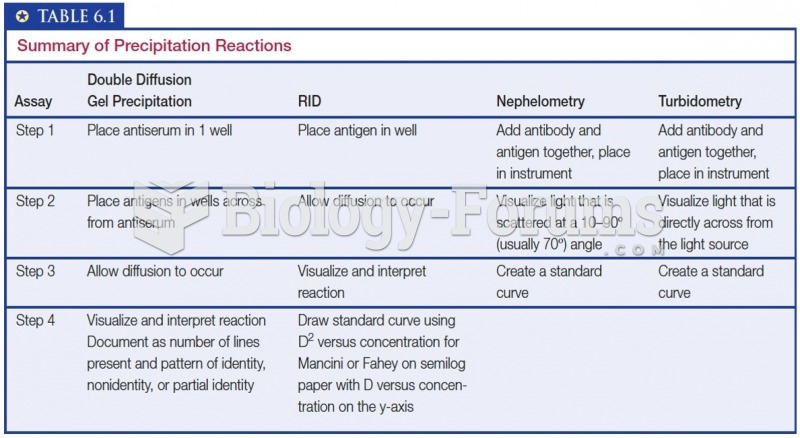Answer to Question 1
a. The importance of organizations in our lives is described by Etzioni: We are born in organizations, educated by organizations, and most of us spend much of our lives working for organizations. We spend much of our leisure time paying, playing, and praying in organizations. Most of us will die in an organization, and when the time comes for burial, the largest organization of all-the state-must grant official permission.
b. Netting, Kettner, and McMurtry have summarized the importance of organizations for social work practice. As social workers, our roles within, interactions with, and attempts to manipulate organizations define much of what we do. Clients often come to us seeking help because they are not able to obtain help from organizations that are critical to their survival or quality of life. In turn, the resources we attempt to gain for these clients usually come from still other organizations. Social workers with little or no idea of how organizations operate, how they interact, or how they can be influenced and changed from both outside and inside are likely to be severely limited in their effectiveness.
Answer to Question 2
Social Conversation Groups: Conversation in these groups is often loose and tends to drift aimlessly. There is no formal agenda. If one topic is dull, the subject is likely to change. Individuals may have some goal, but such individual goals may not become the agenda for the entire group. Social conversation is often used for testing purposes.
Recreation Groups: The objective of these groups is to provide activities for enjoyment and exercise. Often such activities are spontaneous and the groups are practically leaderless.
Recreation-Skill Groups: The objective of these groups is to improve a set of skills while at the same time providing enjoyment. In contrast to recreation groups, an adviser, coach, or instructor is generally present, and there is more of a task orientation.
Education Groups: The focus of such groups is for members to acquire knowledge and learn more complex skills. The leader generally is a professional with considerable training and expertise in the topic area.
Task Groups: Task groups exist to achieve a specific set of tasks or objectives.
Problem-Solving and Decision-Making Groups: Both providers and consumers of social services may become involved in problem-solving and decision-making groups. Providers of services use group meetings for such objectives as developing a treatment plan for a client or a group of clients, deciding how best to allocate scarce resources, deciding how to improve the delivery of services to clients, arriving at policy decisions for the agency, deciding how to improve coordination efforts with other agencies, and so on.
Self-Help Groups: Self-help groups are voluntary, small group structures for mutual aid, and the accomplishment of a special purpose. They are usually formed by peers who have come together for mutual assistance in satisfying a common need, overcoming a common handicap or life-disrupting problem, and bringing about desired social and/or personal change.
Socialization Groups: The objective of such groups generally is to seek to change members' attitudes and behaviors in a more socially acceptable direction. Developing social skills, increasing self-confidence, and planning for the future are other focuses.
Therapy Groups: The goal of therapy groups is generally to have members explore their problems in depth and then develop one or more strategies for resolving them.
Sensitivity Groups: The goal of sensitivity groups provides an interesting contrast to that of therapy groups. In therapy the goal is to have each member explore personal or emotional problems in depth and then develop a strategy to resolve them. In comparison, sensitivity groups seek to increase each member's personal and interpersonal awareness and then develop more effective interaction patterns.







